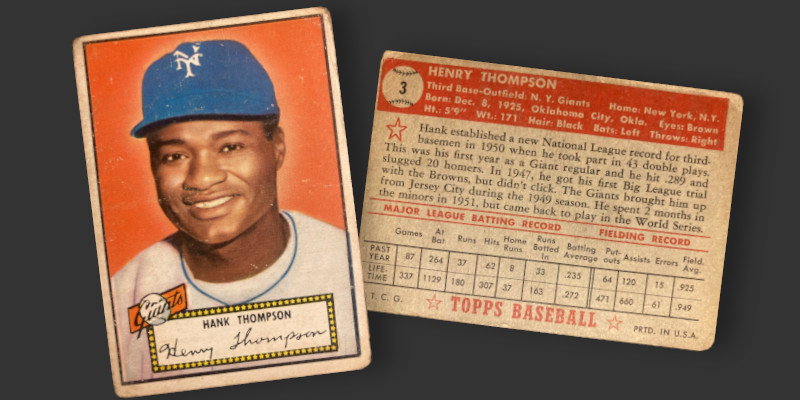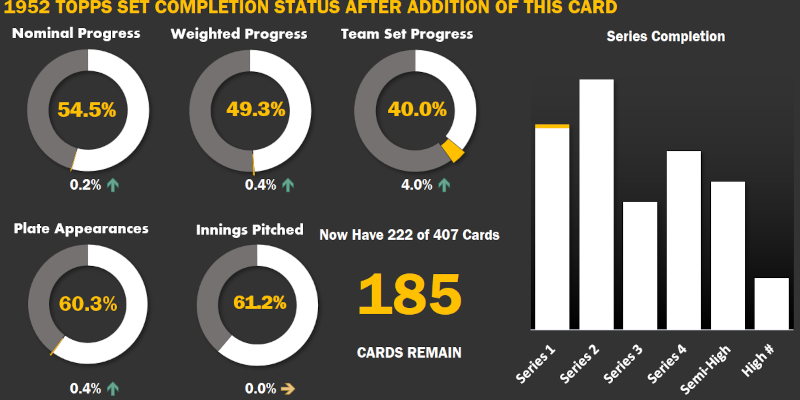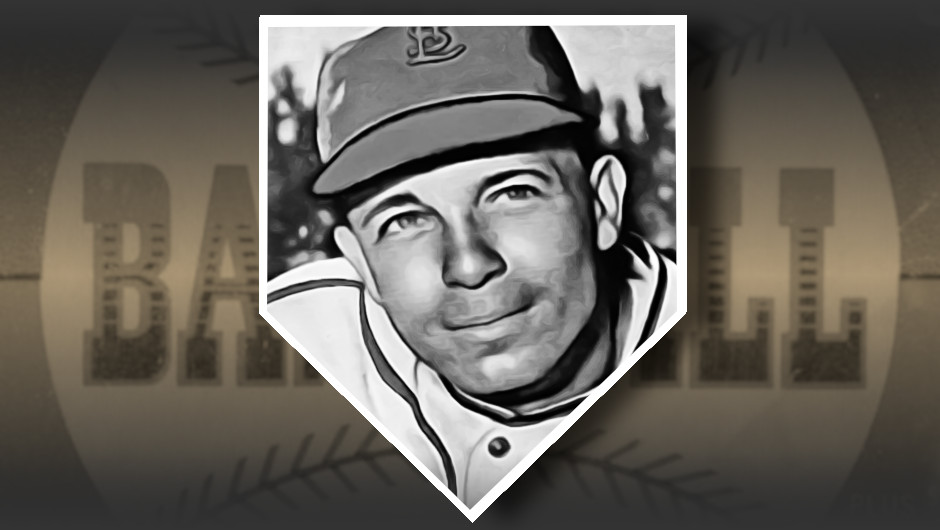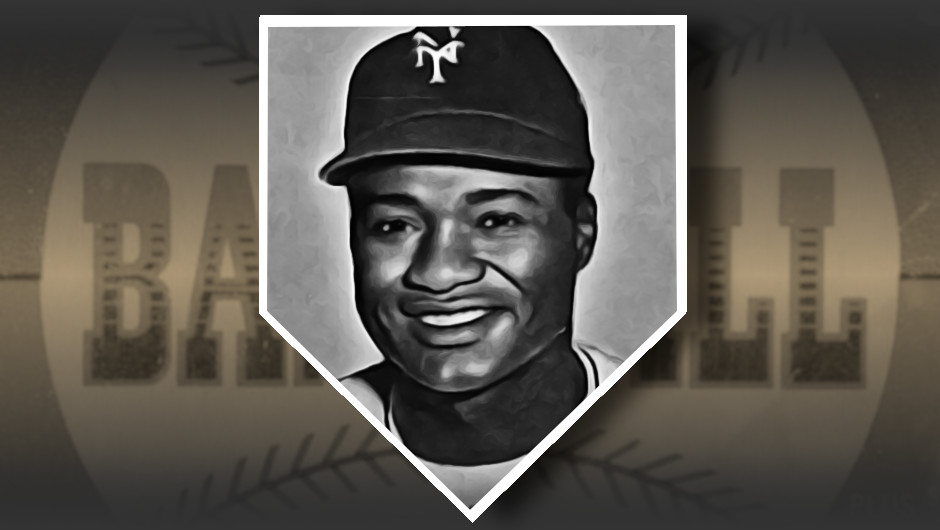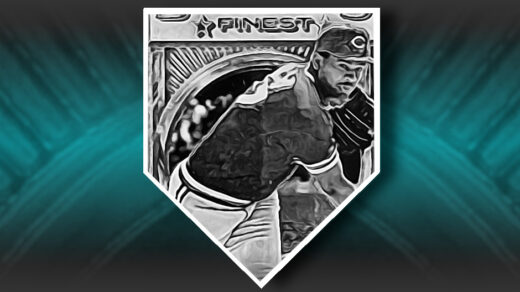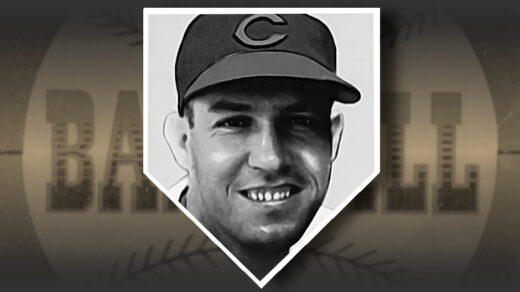Hank Thompson proved to be a very odd player to research when investigating the checklist of my 1952 Topps set building project. I already knew he was a very good ballplayer, that he twice integrated major league lineups, and that he ended up in prison late in life. I also had read about his shooting dead James “Buddy” Crow, a rather dangerous man whose given name lent itself to him being poetically known in later tellings of the story as “Jim” Crow.
I initially sought out accounts of Crow’s death as the event seemed to provide an arresting backstory. My newspaper archives turned up very little. The legal process played out far from major newspapers in Dallas, and the New York Giants organization did what they could to sweep reports under the rug while successfully lobbying for an acquittal on grounds of justifiable homicide. There’s a good story there, but I simply have not built up the sleuthing skill to do it justice.
I did, however, come across a rather insane story from the early morning hours January 31, 1953. Shortly after 4 AM Thompson was driving home from a dance at the Savoy with his wife and three friends, one of which was Milton Irvin, brother of fellow NY Giant Monte Irvin. At some point on the journey Thompson and a nearby taxi simultaneously tried to occupy the same lane, resulting in Thompson’s car being sideswiped. A bit of back and forth continued for several blocks until the taxi slammed on its brakes and stopped short in front the returning party.
Words ensued, followed by Thompson and the cab driver stepping out of their vehicles. The confrontation became physical, during which the cabbie begin striking Thompson and his party with a “sawed-off baseball bat” or “a plank,” depending on the source. Thompson was knocked to the ground with head injuries. The cabbie then proceeded to hit Thompson’s wife and Irvin before abandoning his car and fleeing on foot. The taxi passenger used the opportunity to empty the till and take off in the opposite direction.
The resulting head injury sent Thompson to the hospital while the taxi driver, William Winfrey, was arraigned on charges of felonious assault. Winfrey claimed Thompson had assaulted him first, resulting in Thompson being arrested as he left Winfrey’s hearing. Eventually, a judge overseeing the pair of assault cases concluded that both drivers had lost their heads and gotten into an ill-advised fight. With charges against the cab driver scaled back to simple assault and nothing published on the judge’s thoughts of Winfrey’s attack on the other occupants, the parties dropped charges and went their separate ways.
Despite Thompson starting the year on the wrong end of batting practice, he recovered and promptly turned in his best baseball performance of his Giants career. He slashed .302/.400/.567 with 24 HRs for the season. What stands out in particular in this stat line is the fact that Thompson’s on base percentage is 98 points higher than his batting average. This would continue to be a defining feature of Thompson’s batting line, as he averaged an OBP more than 100 points above his batting average throughout his career. This contributed to generating weighty .383 wOBA and 124 wRC+ marks almost identical to the later output of Mo Vaughn or Tim Salmon. Oh, and almost as an afterthought, Thompson was an excellent defensive third baseman who rained double plays onto opposing teams.
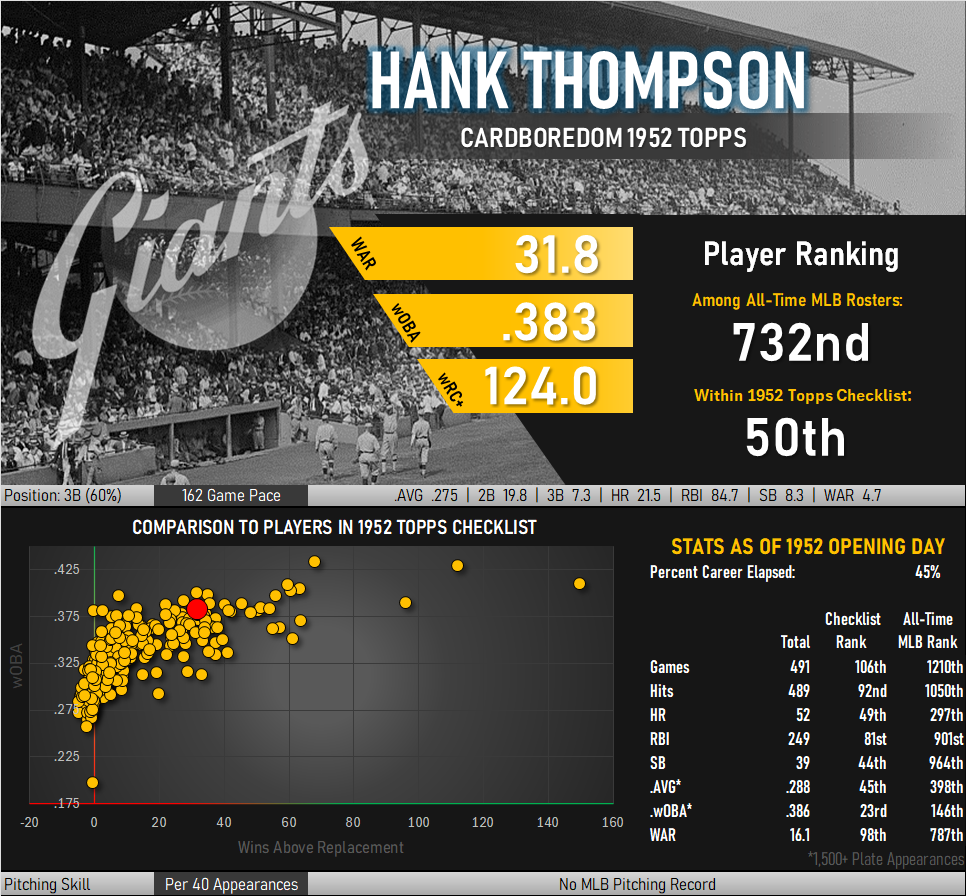
Overshadowed by Willie Mays (who wouldn’t be?) and Monte Irvin, Thompson was himself an extremely good ballplayer. He did, however, experience a rapid decline shortly after turning in that highlight 1953 performance. Thompson was a heavy drinker and the combination of excess and turning 30 did not go well. Previously able to handle the physical demands of the game, his performance slumped in 1955-1956. The Giants optioned his contract to a minor league affiliate for the 1957 season, where Thompson played a troubled season before leaving professional baseball at the age of 32. The demotion was so unexpected that Topps included him in the 1957 set, describing on the back how Thompson was “looking forward to repeating the stellar 1953 performance that gave him a robust .364 batting mark in the ’54 World Series.”
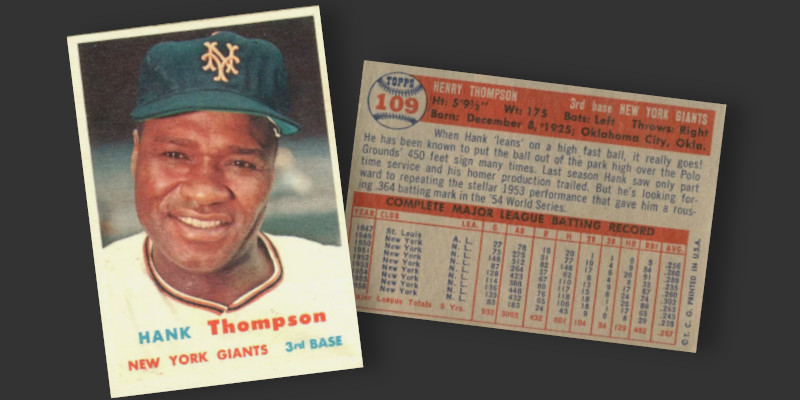
Thompson’s life can only be described as spiraling downward from this point. The drinking continued to be a recurring theme, as were financial troubles. The demotion to Minneapolis, while warranted based on his stats, came just prior to his earning contractual protections due to players who hit 8 years of MLB service. He was soon involved in the alleged theft of a car from a New York parking garage. He forced his way into an apartment and physically fought a woman over $3. Two years later he was indicted for robbery after sticking up a bar and taking $37 from the till. Shortly afterward he went to prison for stealing a pair of pistols and robbing a liquor store.
A Time When Thompson Smiled
While the news stories of Thompson’s descent eventually crowded out much of his on field legacy and categorized him as a guy with more skeletons than closet space, there was a time when he was seen as one of the game’s rising stars. Thompson was one of the first players appearing in the 1952 Topps set, appearing third in the checklist. The card features a fine portrait, complete with the “halo” lighting effect against a colorful backdrop that was popular at the time. Along with Clint Hartung, he is one of two Giants players to be depicted in an all blue and white uniform that would look more at home hanging in the rival Brooklyn clubhouse.
